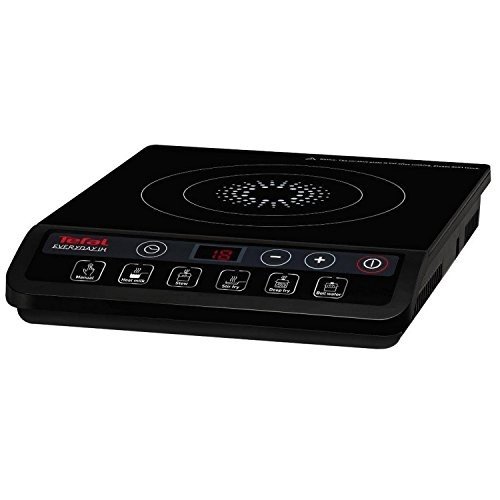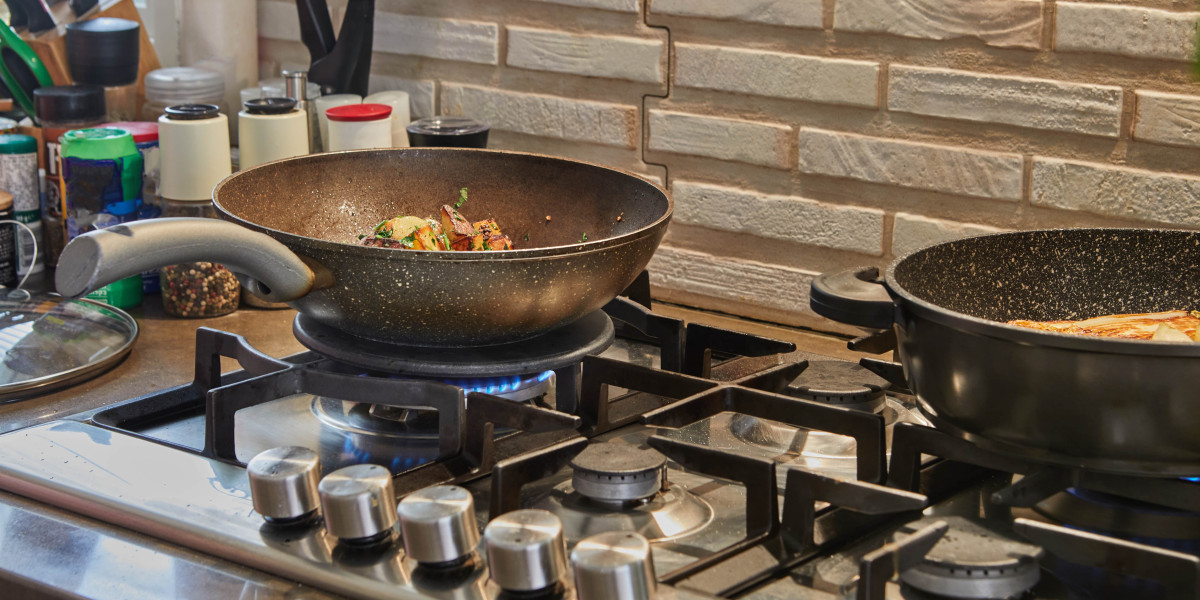In today’s modern kitchen, electric ovens and hobs have become indispensable appliances for cooking enthusiasts and busy households. They offer convenience, efficiency, and precise control, making them highly sought after. Whether you’re building a new kitchen, upgrading your existing one, or exploring cooking options, understanding the features, types, and benefits of electric ovens and hobs can help you make an informed decision. This article dives into everything you need to know about electric ovens and hobs, offering a comprehensive overview of their capabilities and value.
What Are Electric Ovens and Hobs?
Electric ovens operate using electrical heating elements designed to cook food evenly and efficiently. They are an essential kitchen appliance for baking, roasting, grilling, and heating food. Electric hobs, on the other hand, are flat surfaces with heating zones powered by electricity. These hobs provide a sleek, modern cooking solution for boiling, frying, and simmering meals with precision.

Electric ovens and hobs often work in tandem to create a cohesive cooking experience. While ovens handle tasks that require an enclosed environment, hobs allow for direct heat and quick temperature adjustments for stovetop cooking.
Features of Electric Ovens
Electric ovens have evolved significantly over the years, incorporating cutting-edge technologies and features. Here are some key features to look out for:
Fan-Assisted Cooking:Many electric ovens come with a built-in fan to circulate hot air, ensuring even cooking and shorter cooking times.
Multiple Cooking Modes:Modern models offer a range of cooking modes, such as bake, broil, grill, defrost, and convection cooking.
Self-Cleaning Systems:Some ovens include pyrolytic or catalytic cleaning, reducing the need for labor-intensive scrubbing.
Digital Controls:Touchscreen displays, digital timers, and programmable settings provide users with precision and convenience.
Energy Efficiency:Look for energy-efficient ovens with an A+ or higher rating to save on electricity.
Large Capacity:Ovens now come in a range of sizes, catering to everything from small households to large family gatherings.
Types of Electric Hobs
Electric hobs come in a variety of styles, offering different methods of heat distribution. Here are the primary types:
Ceramic Hobs:
- Feature a smooth glass surface with heating elements beneath.
- Easy to clean and aesthetically pleasing.
- Provide even heat distribution.
Induction Hobs:
- Use electromagnetic fields to heat cookware directly, allowing for faster and more energy-efficient cooking.
- The hob itself remains cool, making it safer for families with children.
Solid Plate Hobs:
- Traditional hobs with cast iron heating plates.
- Reliable and durable but slower to heat and cool.
Dual-Zone Hobs:
- Allow different sections of the hob to heat independently.
- Great for preparing multiple dishes simultaneously.
Benefits of Electric Ovens and Hobs
Switching to or upgrading electric ovens and hobs can significantly enhance your cooking experience. Here are several key benefits:
- Precision and Control: Electric hobs and ovens allow users to set exact temperatures, ideal for recipes requiring specific degrees.
- Energy Efficiency: Unlike gas, electricity can often be used more efficiently, particularly in induction hobs.
- Ease of Cleaning: Many newer ovens feature self-cleaning modes, while smooth ceramic hob surfaces make wiping spills a breeze.
- Safety Features: Induction hobs, for instance, only activate when a compatible pan is detected, reducing burn risks.
- Modern Aesthetic: Sleek designs and integrated options make electric appliances an attractive addition to contemporary kitchens.
- Reliability: Electric models provide consistent heat without issues such as gas leaks or pilot light failures.
How to Choose the Right Electric Oven and Hob
When shopping for electric ovens and hobs, consider the following factors:
1. Cooking Requirements
- Evaluate the size of your household and the type of meals you typically prepare.
- Choose an oven with sufficient capacity and a hob with enough heating zones.
2. Space and Configuration
- Determine how much space is available for installation.
- Opt for built-in appliances if you wish to integrate them seamlessly into cabinetry.
3. Budget
- Set a budget and compare features at different price points.
- Remember to factor in energy costs over time.
4. Energy Efficiency
- Appliances with high energy-efficiency ratings may cost more upfront but save money in the long run.
5. Advanced Features
- Look for helpful extras such as touch controls, smart connectivity, or dual-use cooking zones.
6. Warranty and Brand Reputation
- Check product warranties and read online reviews to ensure reliability and durability.
FAQs About Electric Ovens and Hobs
Q: Are electric ovens better than gas ovens?
A: Electric ovens are better for even cooking and precise temperature control, while gas ovens often heat up faster and are cheaper to run in some regions. Choosing between the two depends on personal preferences and access to energy sources.
Q: How do I clean an electric ceramic hob?
A: Use a non-abrasive ceramic hob cleaner and a soft cloth or scraper to gently remove spills and stains. Avoid using harsh chemicals or scouring pads that could scratch the surface.
Q: Can all pots and pans be used on an induction hob?
A: No, only ferrous (magnetic) cookware, such as stainless steel or cast iron pans, works on induction hobs. Check if your current cookware is compatible before making a purchase.
Q: Do self-cleaning ovens really work?
A: Yes, self-cleaning ovens use high temperatures (pyrolytic cleaning) or catalytic liners to break down grease, making it easy to wipe away residue.
Q: What size oven is best for a family?
A: For families, a large oven with a capacity of 70 liters or more is ideal. This size can accommodate multiple trays for batch cooking.
Tips for Maintaining Electric Ovens and Hobs
- Regular Cleaning: Keep appliances clean to enhance their efficiency and lifespan.
- Avoid Scratching Glass Surfaces: For ceramic or induction hobs, use soft cloths and recommended cleaning products.
- Check Door Seals: Ensure oven door seals are intact to prevent heat loss.
- Use Compatible Cookware: Select cookware compatible with your hob type for better performance.
- Service and Maintenance: Periodically service your appliances to address wear and tear.
Conclusion
Electric ovens and hobs combine modern technology with practical functionality, offering a seamless cooking experience. Whether you prioritize efficiency, safety, or aesthetics, there’s an electric oven and hob out there to match your needs. By understanding their features, benefits, and maintenance requirements, you can ensure you choose appliances that elevate your cooking experience for years to come. Be sure to weigh your options carefully and invest in quality products for the best results.
With the right electric oven and hob, you’ll find yourself inspired to create a variety of delicious dishes that bring people together around the table. After all, great food starts with great appliances!



